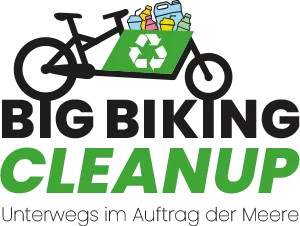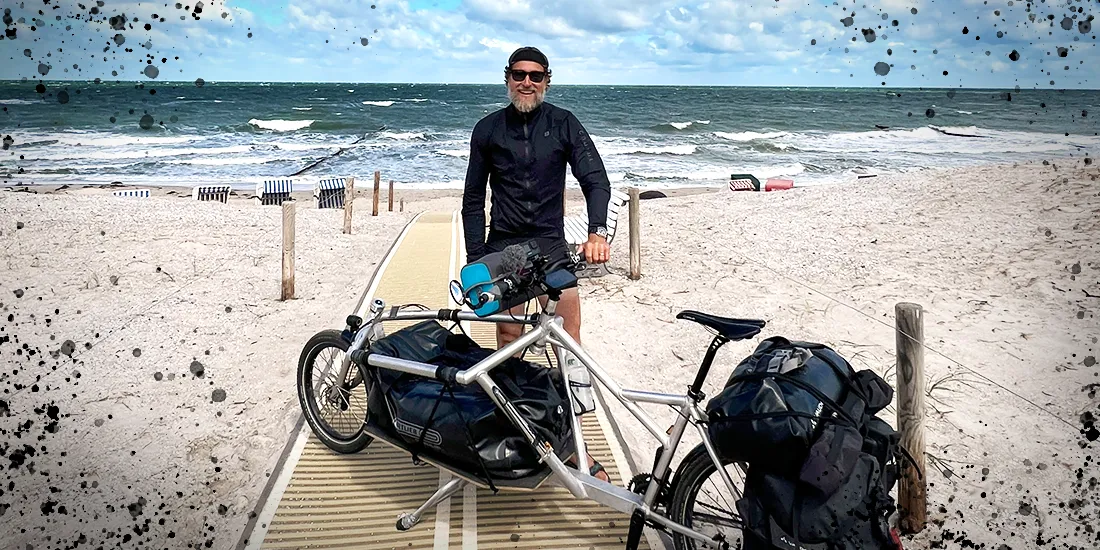The Fundraising Campaign
20,000 € for a SeaHamster from One Earth - One Ocean e. V.
The idea of One Earth - One Ocean e. V.
Eine der größten Herausforderungen für unsere globale Gesellschaft ist die Verschmutzung der Ozeane, Flüsse und Seen. Schätzungen zufolge befinden sich bereits 150 Millionen Tonnen Plastik in den Weltmeeren, und jedes Jahr gelangen mehr als 10 Millionen Tonnen hinzu. Bis zu 80% des Meeresmülls haben ihren Ursprung an Land, etwa drei Viertel davon sind aus Plastik. Einer aktuellen UN-Studie nach werden bis zum Jahr 2050 mehr Plastikteile als Fischen in den Meeren schwimmen.
You can already see what this looks like today. Huge carpets of plastic waste are floating in the oceans. The largest, the Great Pacific Garbage Patch, is already the unimaginable size of Central Europe, i.e. Germany, Austria, Switzerland, Poland, Luxembourg, Hungary and the Czech Republic combined.
Birds, fish and other creatures die from internal injuries and stomachs clogged with litter as they eat the plastic. Almost all species of fish and sea turtles, as well as over 40% of whales and about 36% of seabirds, eat marine litter. Other marine animals get entangled or strangled in old fishing nets, ropes or plastic film.
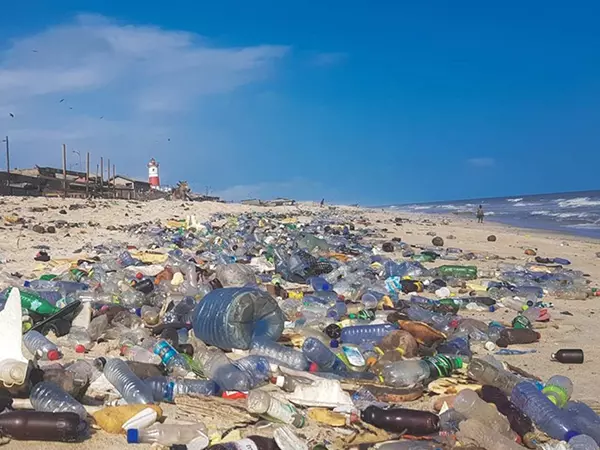
Microplastics
Plastic has a lifespan of up to 500 years. It does not simply disappear from the oceans but breaks down into smaller and smaller fragments through friction, salt water and UV radiation until it becomes microplastic. Further microplastics are components of e.g., cosmetics, fibres of synthetic clothing or abrasion from car tyres and shoe soles and are washed into the oceans via rivers.
Even now, microplastics can hardly be removed from nature. Marine animals mistake it for food and die from it, and it also binds microorganisms and pollutants.
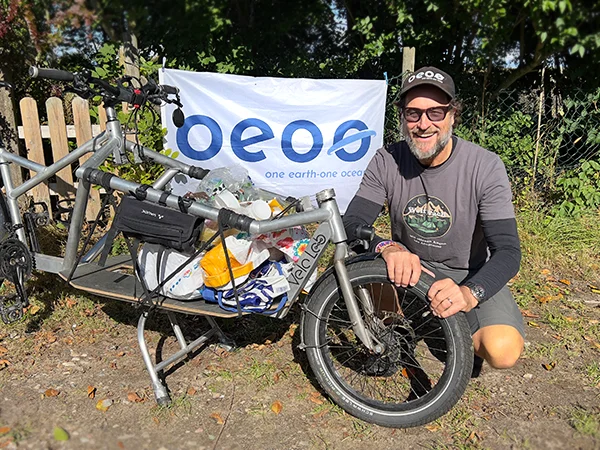
The SeeHamster
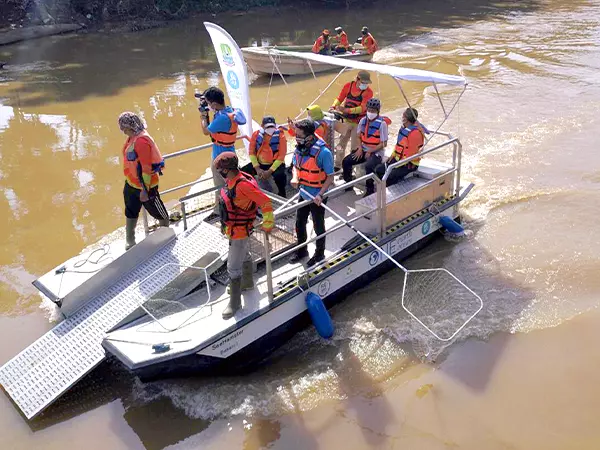
The SeeHamster is the smallest representative of OEOO e.V.'s "Maritime Waste Collection" vessels. With a length of about 4.5-6 metres and a width of 2-3 metres and a shallow draft, the compact catamaran is used in inland waters such as rivers and lakes.
In 2012, the first practical implementation started, testing the functionality of the collection concept for practicality.
Over the years, the SeeHamster has been further optimised and adapted to local conditions: special ramp and conveyor belt constructions are now also used. Furthermore, some SeeHamsters now run on electric motors powered by solar energy.
The collection capacity is up to 500 kg and they are currently used in Germany, Cambodia, Indonesia, Egypt and the Philippines.
All the Madness
on Instagram
Daily reports from the tour, encounters with people, impressions and everything else that happens can be followed on Instagram. Follow me and your heart, which surely also beats for nature. Peace!
